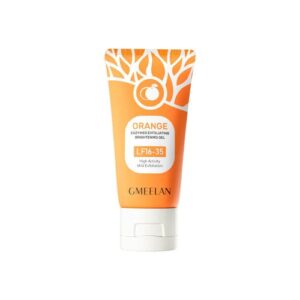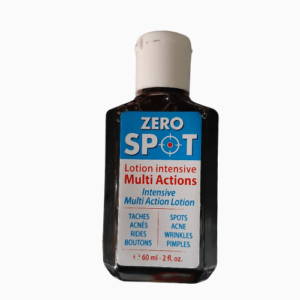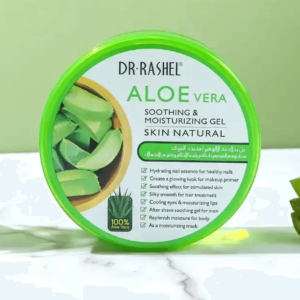Table of Contents
Unwrinkling the Truth: Demystifying the Causes and Effects of Facial Wrinkles
Facial wrinkles are a natural part of the aging process, but their causes and effects can be mysterious and overwhelming. As we age, our skin loses its elasticity and firmness, leading to the formation of fine lines, creases, and deep folds. But is it just a matter of time and gravity, or are there other factors at play? In this article, we’ll delve into the causes and effects of facial wrinkles, demystifying the process and exploring the best ways to prevent and treat them.
Theories Behind Facial Wrinkles
For centuries, the exact causes of facial wrinkles have been debated among scientists and beauty experts. One popular theory is that wrinkles are simply a result of the natural aging process, caused by the gradual breakdown of collagen and elastin, two essential proteins that give skin its strength and elasticity. As we age, the production of these proteins slows down, leading to sagging and creasing of the skin.
However, research suggests that there may be more to it than just time and gravity. Environmental factors, such as UV exposure, smoking, and pollution, can also contribute to the formation of wrinkles. For example, UV rays can cause collagen breakdown, leading to sagging and wrinkles, while smoking can reduce blood flow to the skin, making it look dull and wrinkled.
Additionally, genetics and lifestyle habits can also play a role in the development of facial wrinkles. For example, people with a family history of premature aging may be more likely to experience wrinkles at a younger age, while a diet rich in antioxidants and omega-3 fatty acids may help to slow down the aging process.
The Effects of Facial Wrinkles
Facial wrinkles can have a significant impact on a person’s self-esteem and confidence. As wrinkles deepen and spread, they can make us look older, tired, and worn out. In extreme cases, facial wrinkles can also affect our facial expressions, making it harder to convey emotions and make social connections.
Moreover, facial wrinkles can also be a sign of underlying health issues, such as skin cancer, rosacea, and eczema. In these cases, treating the underlying condition can help to reduce the appearance of wrinkles.
On a more superficial level, facial wrinkles can also affect our appearance in a way that can impact our professional and personal lives. For example, a person with deep wrinkles may be perceived as older or less competent, while a person with smooth, youthful-looking skin may be seen as more attractive and successful.
Preventing and Treating Facial Wrinkles
So, what can we do to prevent and treat facial wrinkles? The good news is that there are many effective ways to reduce the appearance of wrinkles, from simple lifestyle changes to advanced cosmetic treatments.
For starters, a healthy lifestyle is essential. This includes eating a balanced diet rich in antioxidants and omega-3 fatty acids, staying hydrated, and getting regular exercise. You can also use sunscreen and other topical creams to protect your skin from environmental stressors.
If you’re looking for more targeted treatments, there are many options available. Chemical peels, microdermabrasion, and laser resurfacing can help to reduce the appearance of fine lines and wrinkles, while injectables like Botox and fillers can help to fill in deep creases and folds.
In conclusion, facial wrinkles are a complex issue that is influenced by a combination of genetic, environmental, and lifestyle factors. By understanding the causes and effects of facial wrinkles, we can take steps to prevent and treat them, promoting a more youthful and radiant appearance that reflects our inner beauty and confidence.
Recommended Products
-
Product on sale
 Arbutin 3X Skin Whitening Collagen Body Cream 250gOriginal price was: KD8.000.KD7.000Current price is: KD7.000.
Arbutin 3X Skin Whitening Collagen Body Cream 250gOriginal price was: KD8.000.KD7.000Current price is: KD7.000. -
 Gmeelan Orange Enzymes Exfoliating Brightening Gel – 50gKD4.500
Gmeelan Orange Enzymes Exfoliating Brightening Gel – 50gKD4.500 -
 Aichun Beauty Green Tea Peeling Gel Face & Body – 100gKD2.490
Aichun Beauty Green Tea Peeling Gel Face & Body – 100gKD2.490 -
 Zero Spot Lotion 60ml | Clear & Even SkinKD5.000
Zero Spot Lotion 60ml | Clear & Even SkinKD5.000 -
 Himalaya Aloe Vera Face & Body Moisturizer Gel 300mlKD3.000
Himalaya Aloe Vera Face & Body Moisturizer Gel 300mlKD3.000 -
Product on sale
 Nature Republic Soothing & Moisture Aloe Vera 92% Gel 300mlOriginal price was: KD3.000.KD2.000Current price is: KD2.000.
Nature Republic Soothing & Moisture Aloe Vera 92% Gel 300mlOriginal price was: KD3.000.KD2.000Current price is: KD2.000. -
 Dr. Rashel Aloe Vera Soothing & Moisturizing Gel Skin Natural – 300gKD2.500
Dr. Rashel Aloe Vera Soothing & Moisturizing Gel Skin Natural – 300gKD2.500 -
 Yoko Multi-Purpose Aloe Gel Baby Soft & Soothing – 300mlKD3.290
Yoko Multi-Purpose Aloe Gel Baby Soft & Soothing – 300mlKD3.290 -
Product on sale
 Garnier Skin Naturals Sakura Glow 30X Hyaluron Booster Serum 30 MlOriginal price was: KD8.000.KD6.000Current price is: KD6.000.
Garnier Skin Naturals Sakura Glow 30X Hyaluron Booster Serum 30 MlOriginal price was: KD8.000.KD6.000Current price is: KD6.000.




